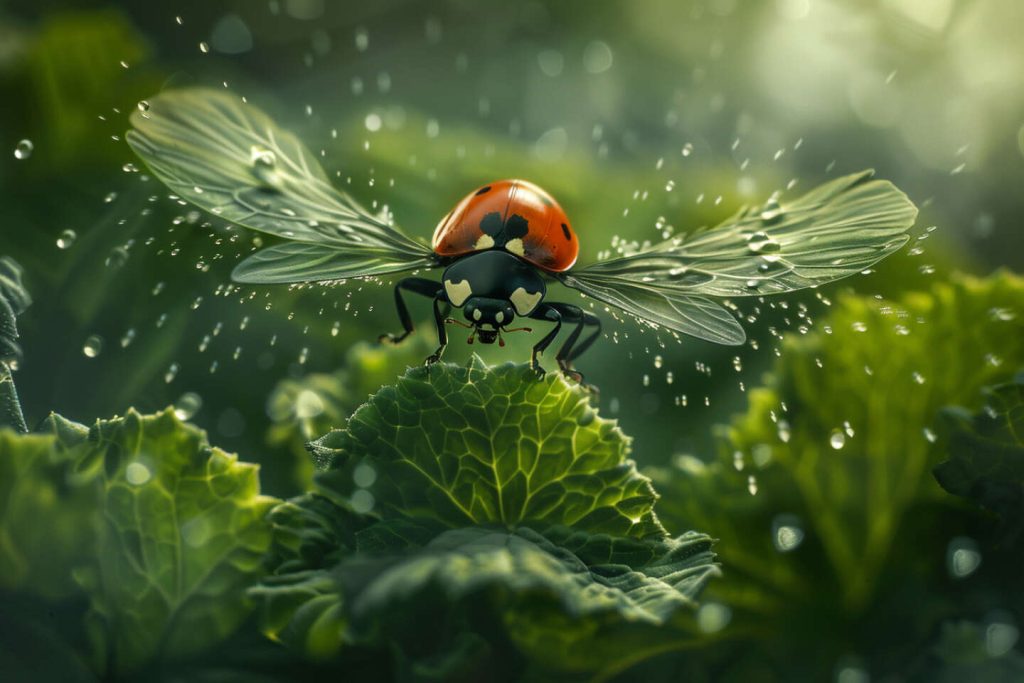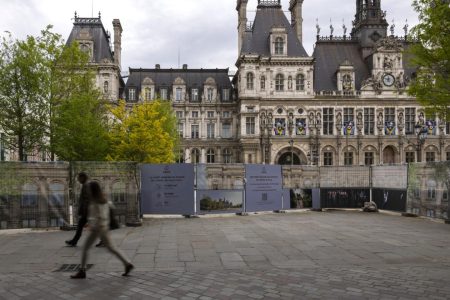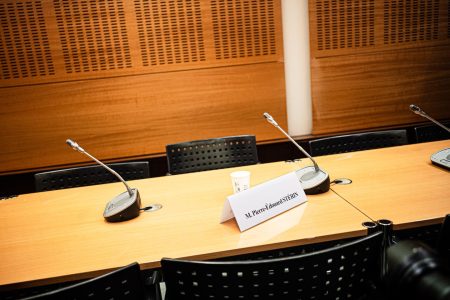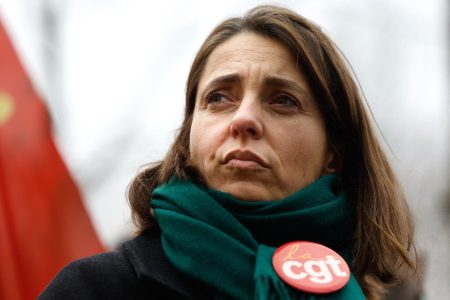The use of generative artificial intelligences in art creation is becoming increasingly common and accessible. Many people are already using algorithms like Midjourney or DALL-E to create unique pieces of art. This begs the question: can everyone become an artist with the help of these AI tools? These technologies offer a novel way for individuals to express their creativity and produce original works of art that may not have been possible without AI assistance.
Midjourney and DALL-E are two examples of AI tools that have been specifically designed to assist users in creating art. Midjourney, for instance, uses a deep learning model to generate images based on text input. DALL-E, on the other hand, can create images from textual descriptions by blending elements from different images. These tools provide users with a new way to explore their creativity and produce visually striking artwork without the need for advanced technical skills or training in traditional art methods.
The ease of use and accessibility of generative AI tools like Midjourney and DALL-E raise questions about the democratization of art creation. Can anyone, regardless of their background or training, become an artist with the help of these technologies? While these tools offer a more accessible way for individuals to create art, some may argue that they do not replace the skill, creativity, and emotional depth that traditional artists bring to their work. It is important to consider the role of human input and creativity in the creation of art, even when using AI tools.
One potential benefit of using generative AI tools in art creation is the ability to push the boundaries of creativity and experiment with new ideas. These tools can facilitate the exploration of unconventional and innovative artistic concepts that may not have been considered without AI assistance. By harnessing the power of AI, individuals can expand their artistic horizons and challenge traditional notions of art creation, leading to the emergence of fresh and exciting art forms.
However, some may argue that the widespread use of generative AI tools in art creation could also have negative implications for the art world. There is concern that relying too heavily on AI for art creation could lead to a homogenization of artistic styles, as algorithms may prioritize certain features or trends over others. Additionally, the use of AI in art creation raises questions about the authenticity and originality of works produced with AI assistance. It is important to consider the ethical implications of using AI in art creation, as well as the potential impact on the art industry as a whole.
In conclusion, the increasing accessibility of generative artificial intelligences like Midjourney and DALL-E has opened up new possibilities for individuals to explore their creativity and create art in innovative ways. While these technologies offer a more inclusive approach to art creation, it is essential to consider the role of human input, skill, and emotional depth in the creation of art. The use of AI tools in art creation can facilitate the exploration of new ideas and push the boundaries of creativity, but it also raises questions about the impact on artistic styles, authenticity, and the ethical implications of using AI in the art world. Ultimately, the integration of AI in art creation represents an exciting new chapter in the evolution of art, with both challenges and opportunities for artists and creators to explore.















